The Brown Bullet, Rajo Jack’s Drive to Integrate Auto Racing
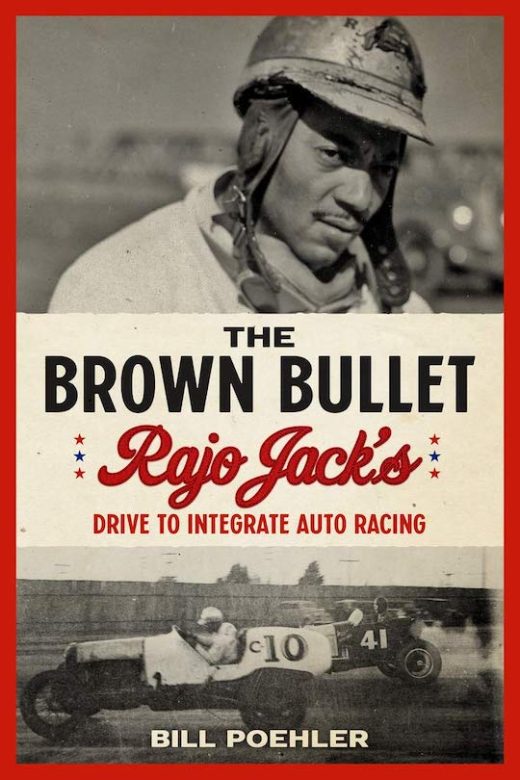 by Bill Poehler
by Bill Poehler
“‘This is my house, you’re going to come in and eat,’ Louis [Vermeil] told Rajo, making sure he was loud enough for everyone to hear. ‘If anyone doesn’t like it, they can get up and leave.’ Rajo found a seat at the table . . . and ate the best meal he had in a while.'”
As a youngster Troy Ruttman couldn’t afford to buy entry into his local racetrack but found ways to sneak in. The only winning driver who would talk to him and answer his questions was a guy called Rajo Jack—real name Dewey Gatson. Ruttman would go on to win the 1952 Indy 500. Rajo Jack had the skills and was as capable but his skin was dark so he wasn’t welcome. He went on to achieve successes despite discrimination and this book tells his inspiring story—and tells it so very well.
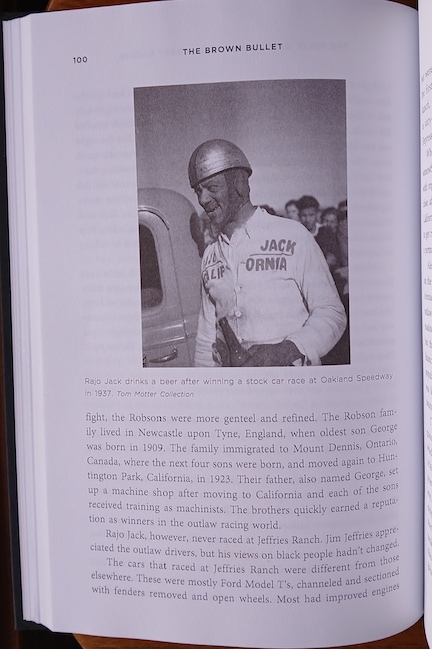
An imposing figure especially for a midget—even a Champ car—driver, Rajo Jack topped out at 6’2’’ and tipped the scale around 235 pounds.
The American Automobile Association’s race sanctioning Contest Board banned any man who wasn’t white from not just the driver’s seat but the pits too. But as any real racer knows, when the will is strong enough, a way will be found. Rajo Jack found his way by competing in what was called Outlaw Auto Racing and subsequently winning some of the biggest races 1934–1950.
Like the seasoned and experienced writer he is, having spent a quarter of a century as a staff journalist at the Salem (Oregon) Statesman Journal, author Bill Poehler spotted an article’s clever headline referring to Rajo Jack as the Brown Bullet in a 1936 issue of The Seattle Daily Times and appropriated it for his book’s title.
More to the point, Poehler’s book is not a first effort to fully tell of Gatson’s life and experiences. A decade or so ago Poehler recalls “A professor of African American literature at a university in the Midwest was soliciting information for a book he was working on about Rajo Jack. I was going to be the first person in line to purchase a copy. But it never happened. This was a project I didn’t intend to write, but I couldn’t let the story of Rajo Jack go untold.” So he took up the gauntlet and as his bibliography and chapter notes clearly demonstrate, his searching and researching was no easy task. This well told story is testament to Poehler’s efforts as well as his story-crafting skills.
One of Poehler’s resources was a book by the now late Don Radbruch who had devoted four pages of words and photos in his stellar pictorial history of Dirt Track Auto Racing, 1919–1941. Happily that book is still available from publisher McFarland who has kept it in print for over twenty years. In it Radbruch notes he “had the pleasure of knowing and racing against Rajo Jack in 1950. He’d been one of my childhood heroes . . . I now kick myself for not taking the trouble to know Rajo better.”
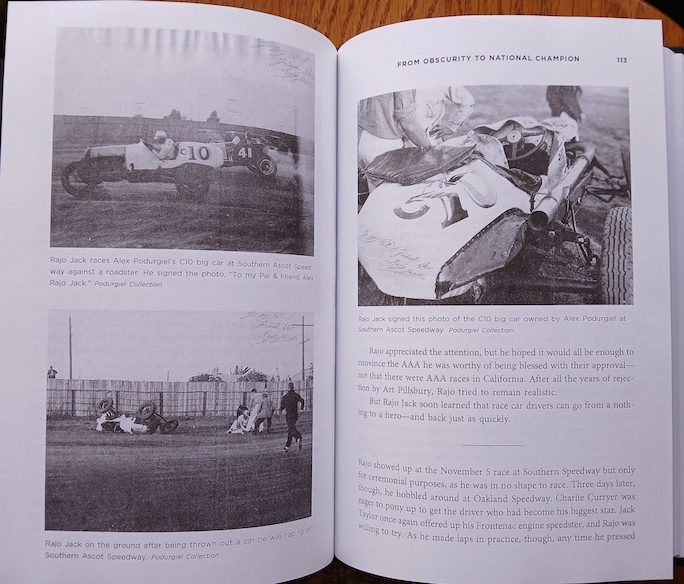
This is the only place in the book when images are presented on facing pages. Images show Rajo in a Podurgiel-owned -entered Champ car race at Southern Ascot in the late 1930s.
One of the tracks Rajo raced was the “now-famed Calistoga half-miler.” From 1937 until World War II put a halt to all racing, midget races predominated. It was Louis Vermeil’s home track. Louis had been the long-time president of the Northern Auto Racing Club. As his eldest son, born 1939 and whom today we know as Super Bowl-winning Coach Dick Vermeil says, “Dad put all of his time, interest and money into keeping the organization going.” And, it was Louis Vermeil who “was instrumental in returning racing to the half-mile dirt oval at Calistoga Speedway in 1948 . . . Rajo showed up for the first time in 1949. Vermeil’s sons, Dick and Stan, were awestruck by how someone they considered a legend carried himself. Rajo was gracious and spent as much time as possible with the adoring boys.”
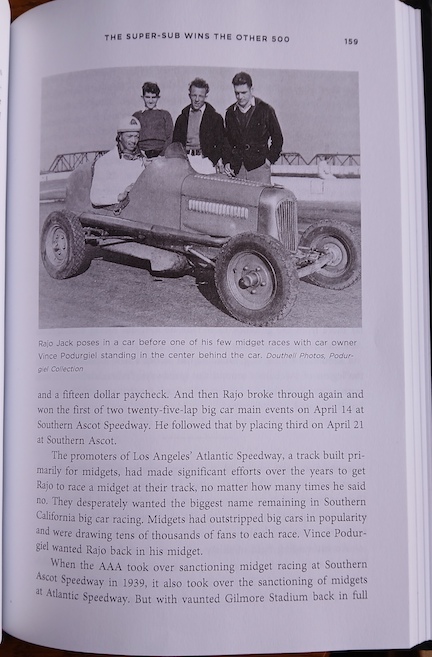
Further emphasizing Rajo Jack’s physical size is this photo of him seated in the midget he piloted for Vince Podurgiel, standing in middle behind the car.
Typically at the end of the first day of a race weekend, “Louis Vermeil invited the racers back to his house.” They were free to work on their cars but “most important . . . Alice Vermeil, Louis’s wife, fed them all . . . The drivers would eat like kings.” And that first year with Rajo in attendance was what prompted Louis’s quote that opens this commentary setting a wonderful example for the future Coach Dick Vermeil and his younger brother Stan.
It’s appropriate to mention a few words in closing regarding the publisher. Lawrence Hill Books publishes nonfiction that focuses on, highlights, and uplifts Black voices and experiences. It was founded in Brooklyn, New York in 1973 and twenty years later was acquired by Chicago Review Press. Fittingly, too The Brown Bullet, Rajo Jack’s Drive to Integrate Auto Racing is well-produced and printed in the US.
Copyright 2025 Helen V Hutchings, SAH (speedreaders.info)
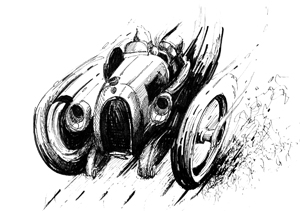

 RSS Feed - Comments
RSS Feed - Comments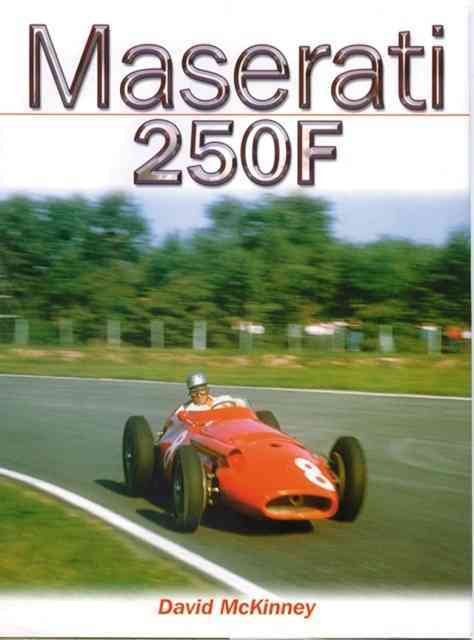

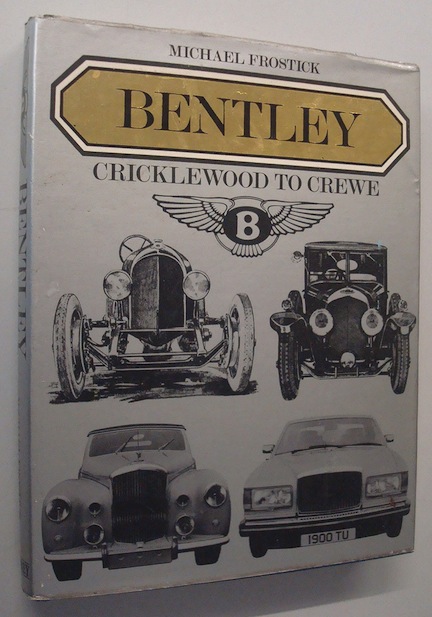

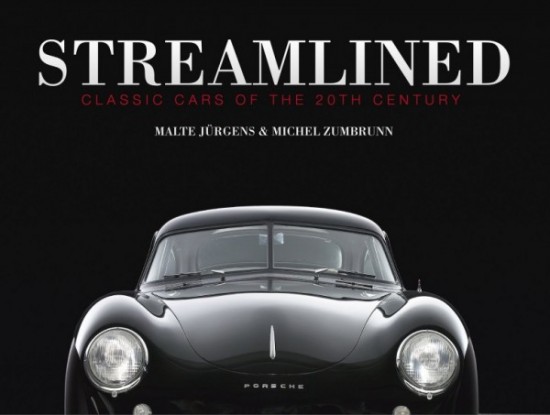
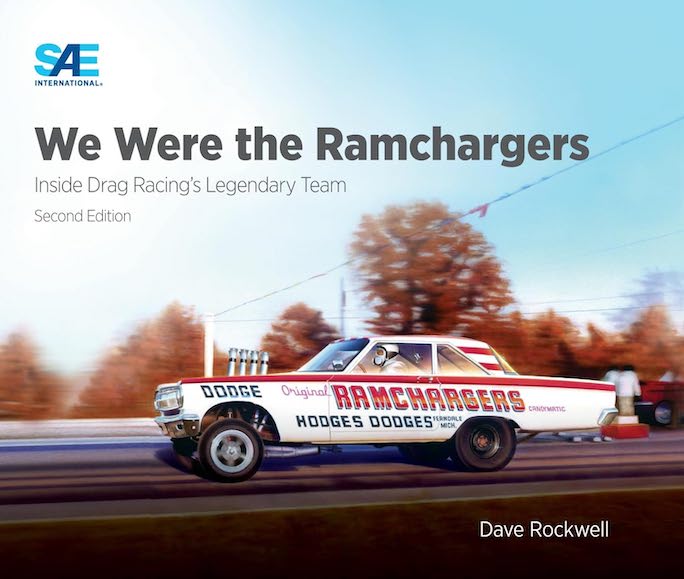

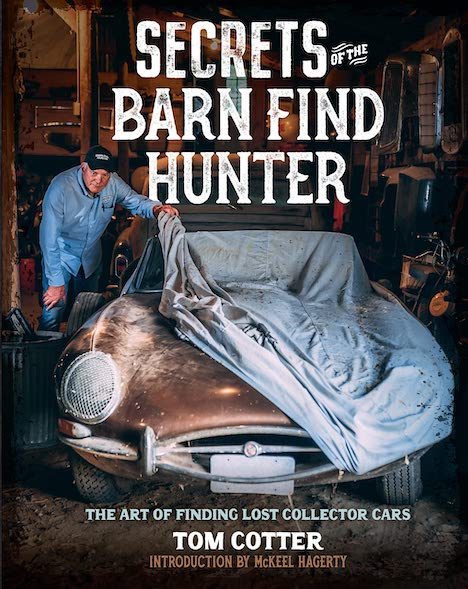
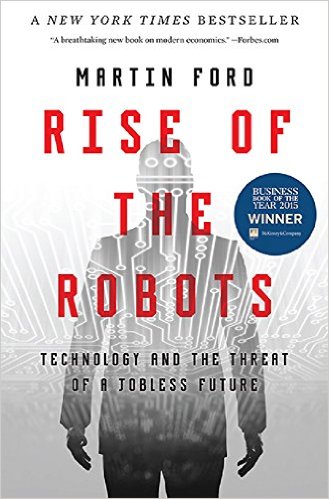
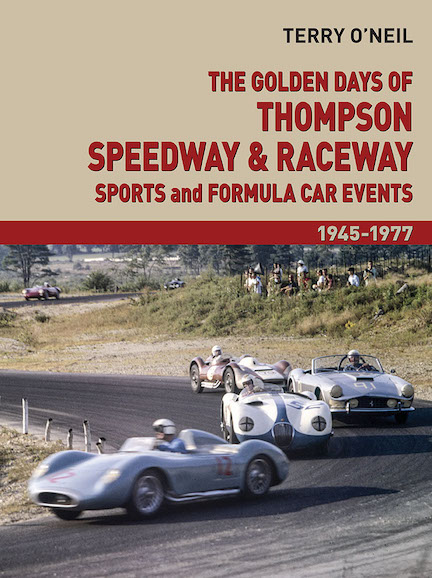

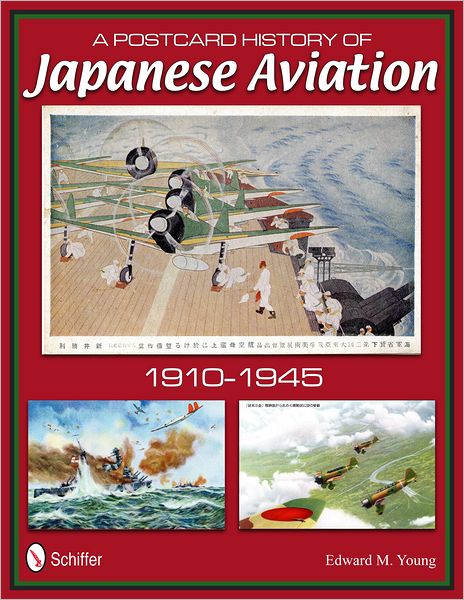
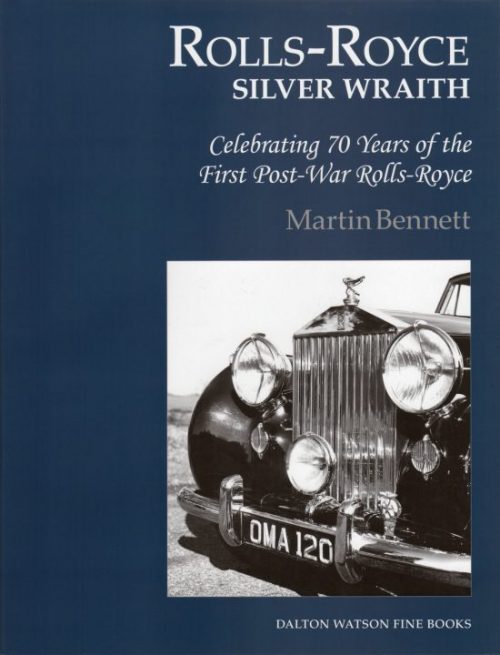


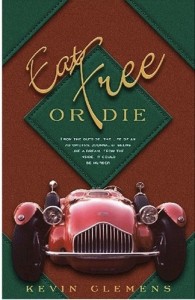
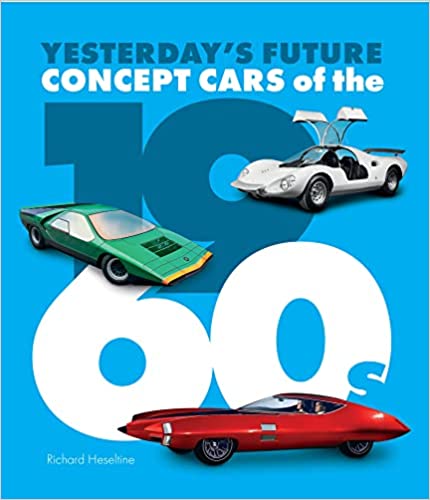
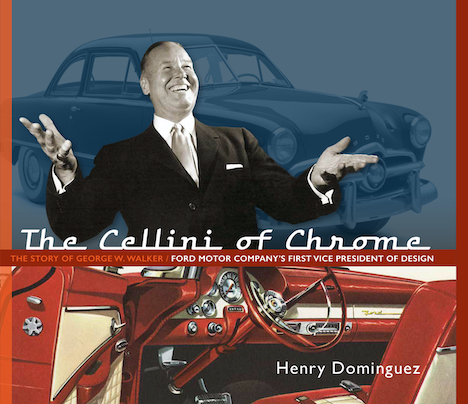

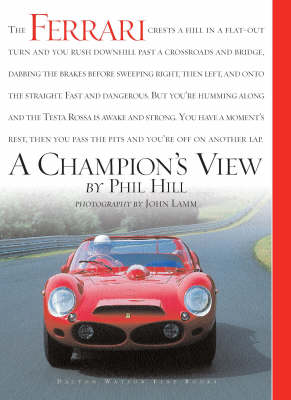


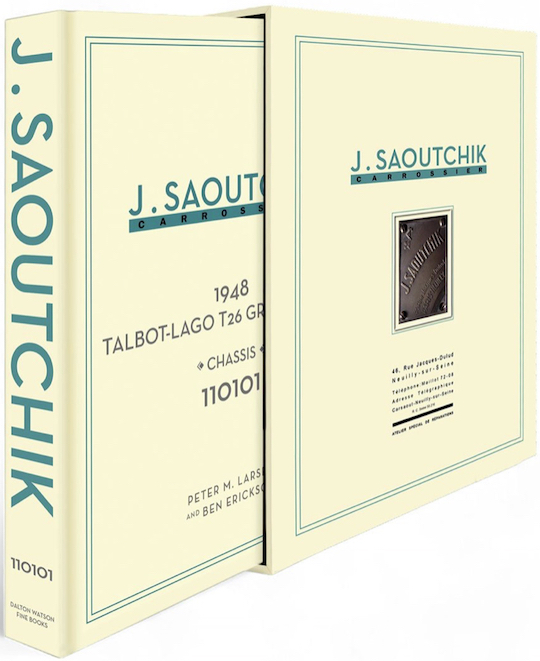

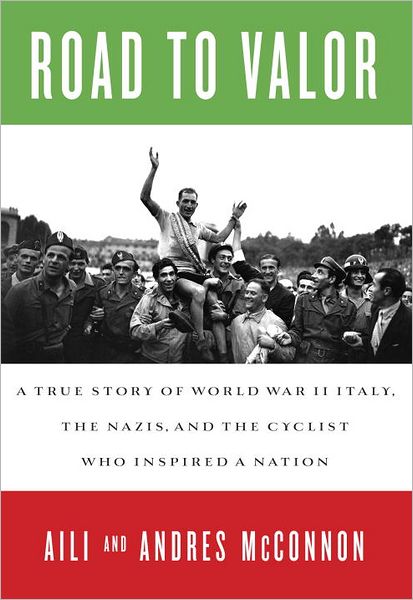

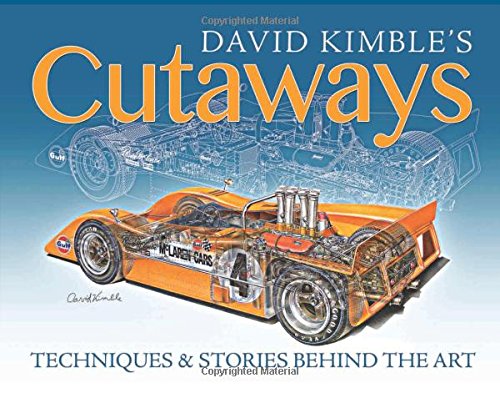
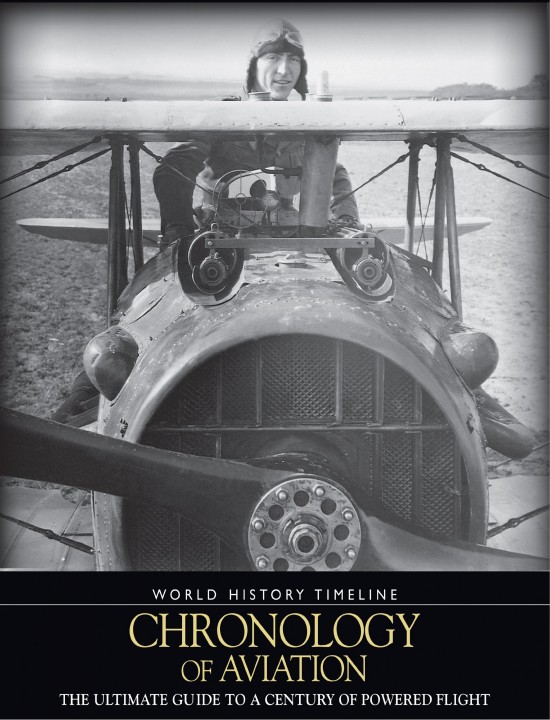
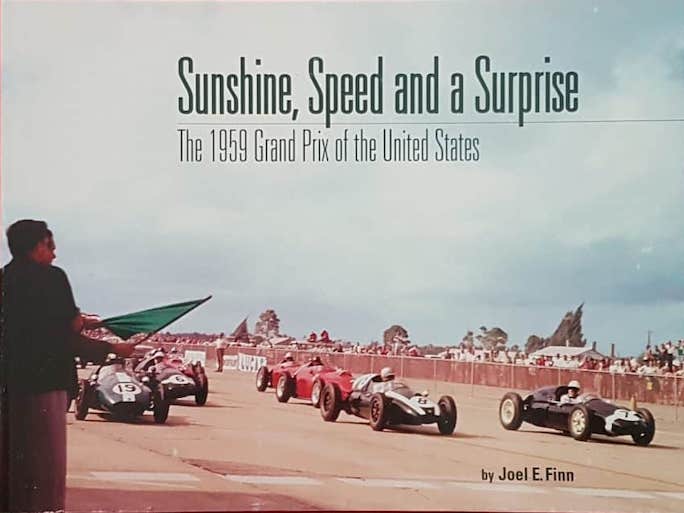

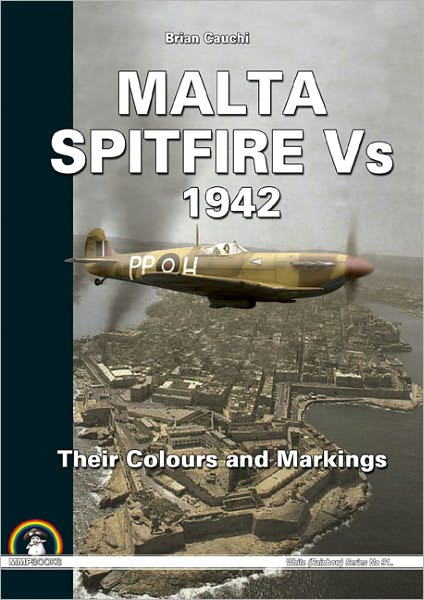
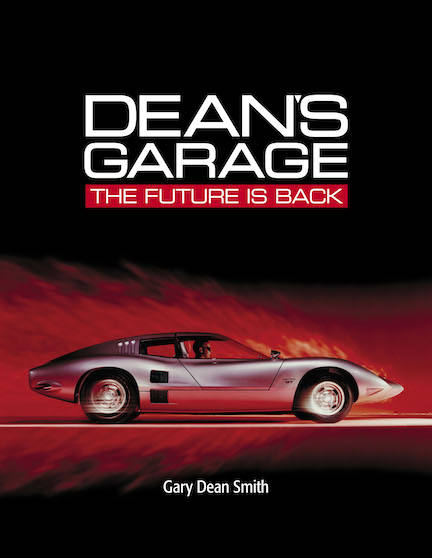

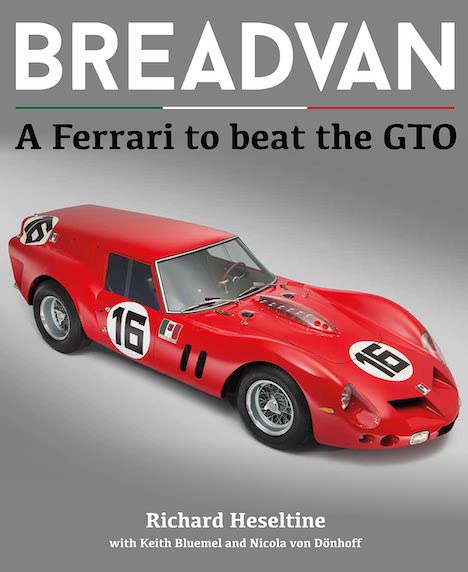
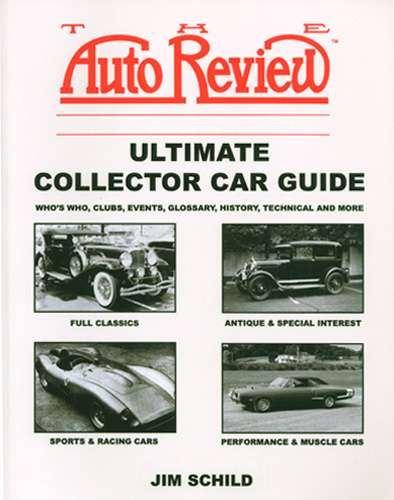
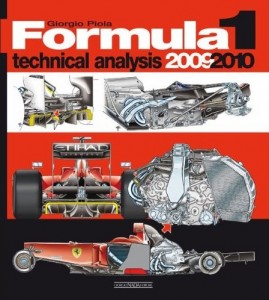

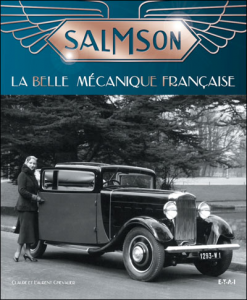
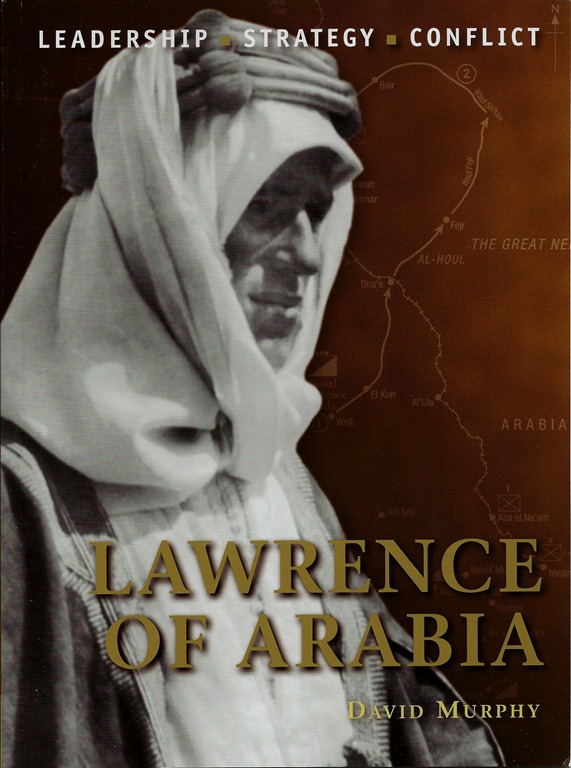

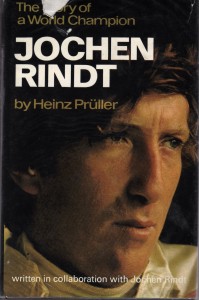

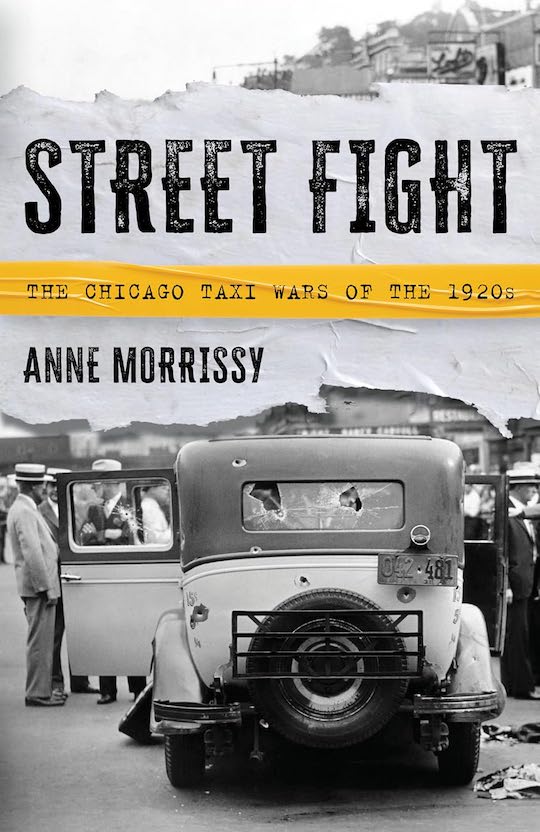
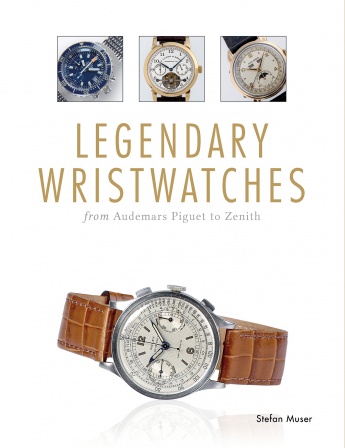
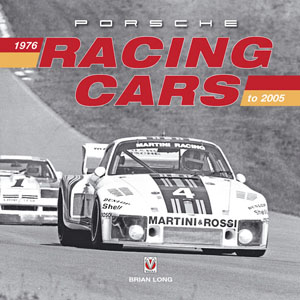
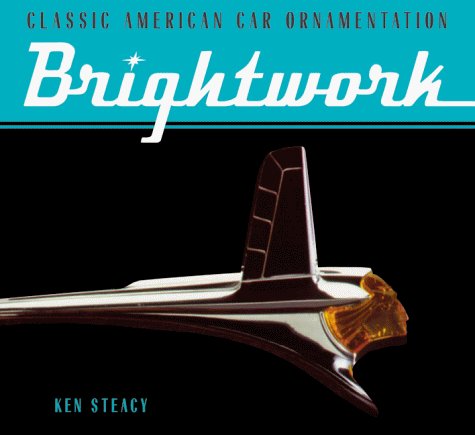
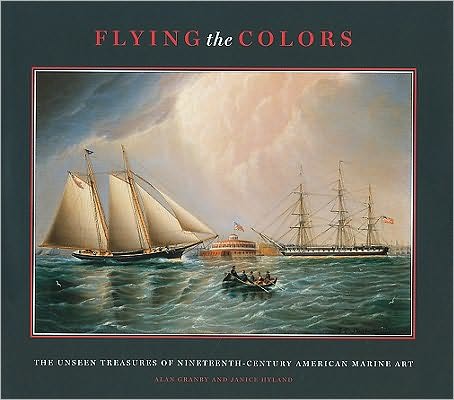
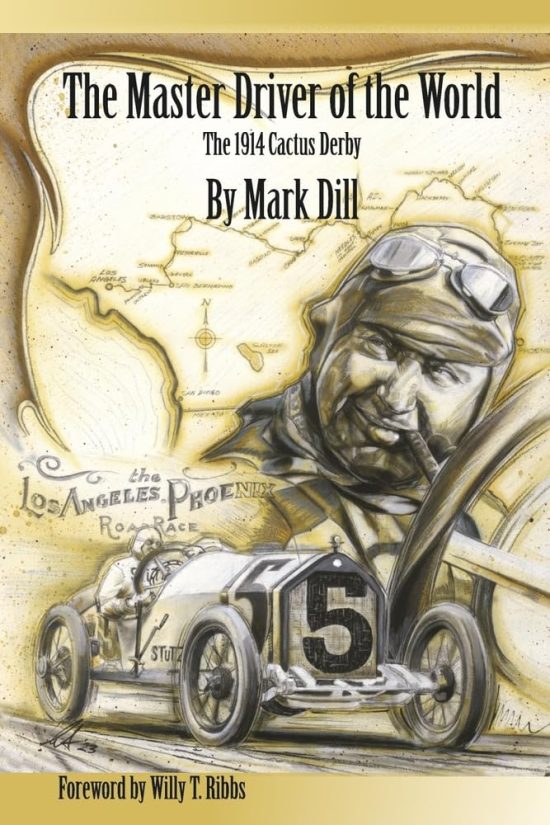
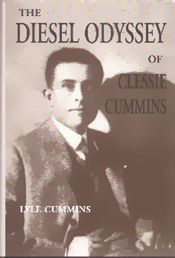

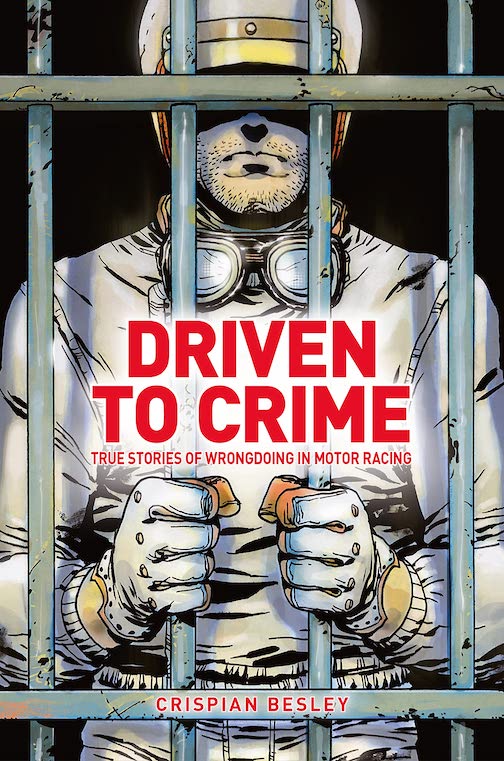

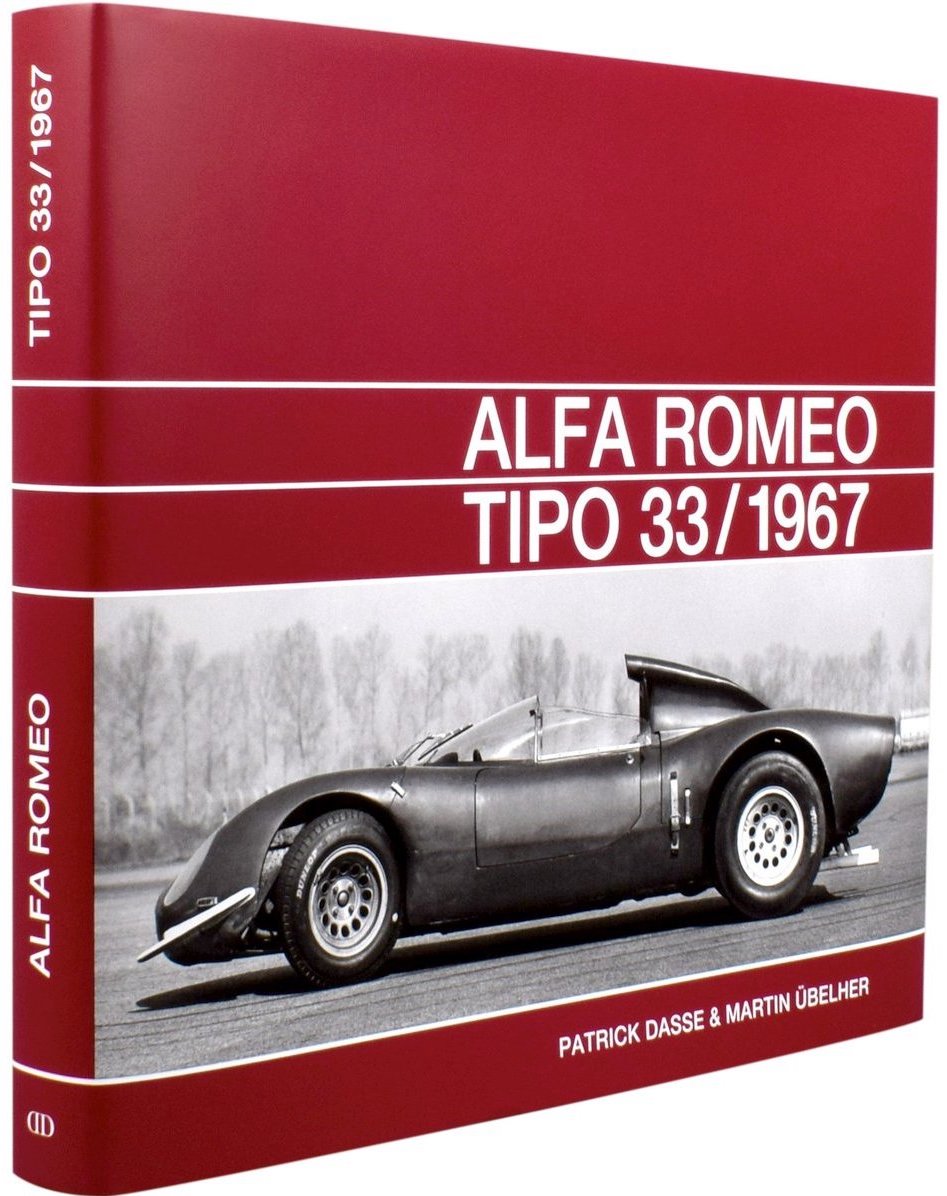

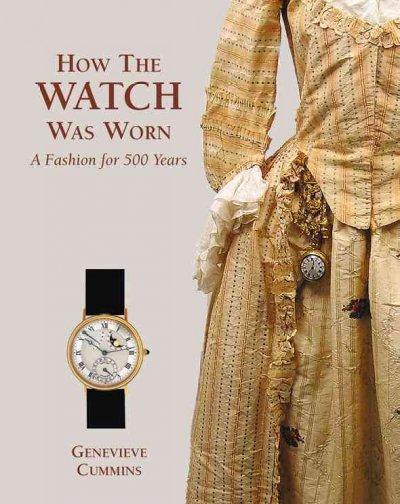
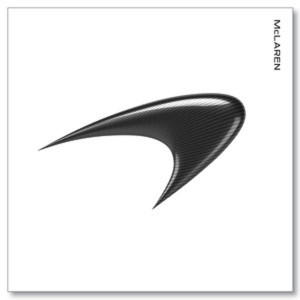

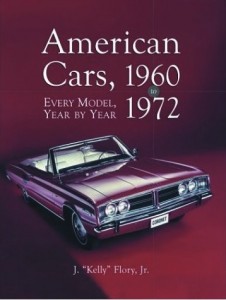
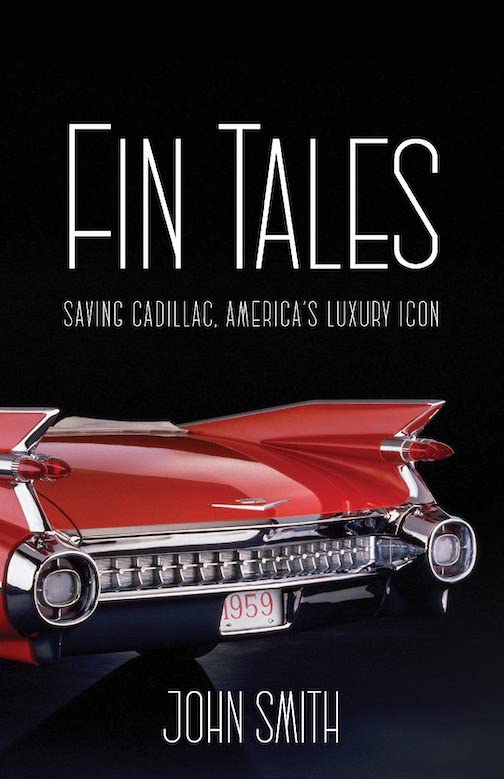


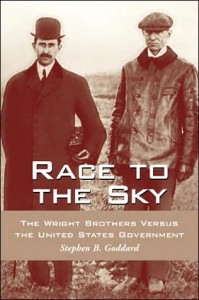
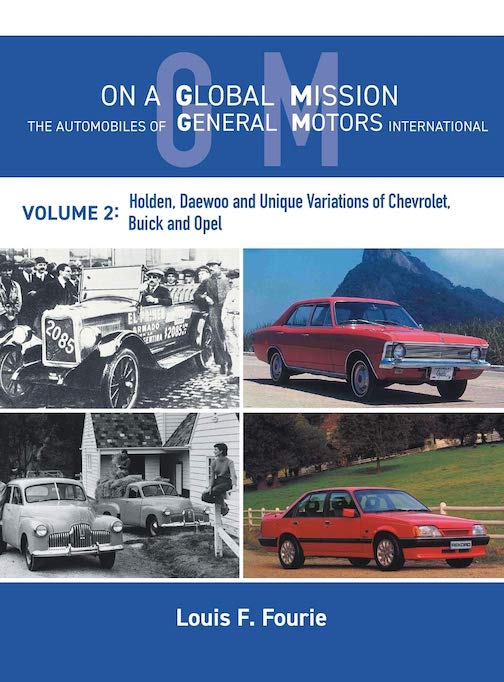

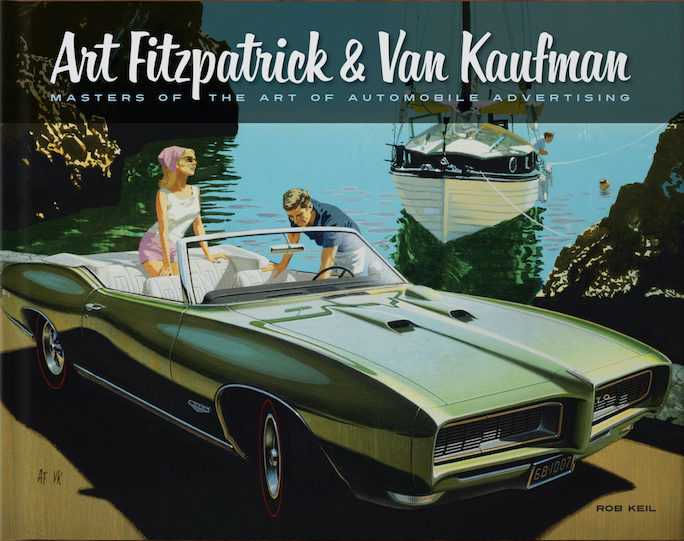
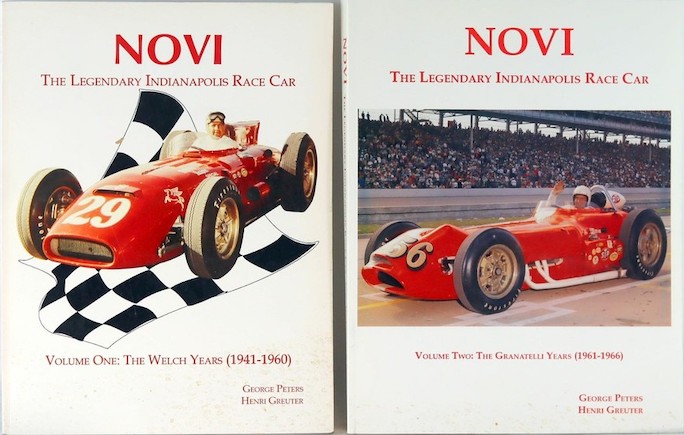
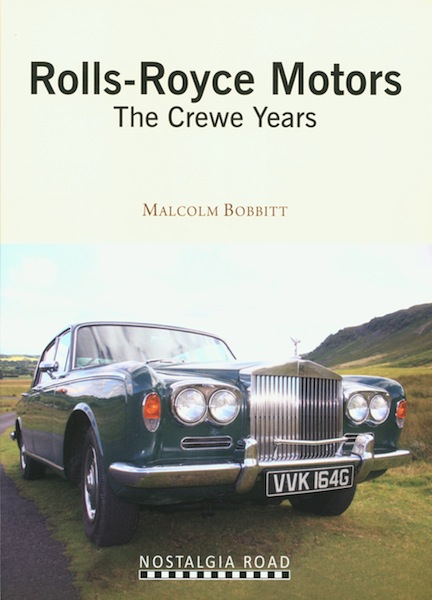
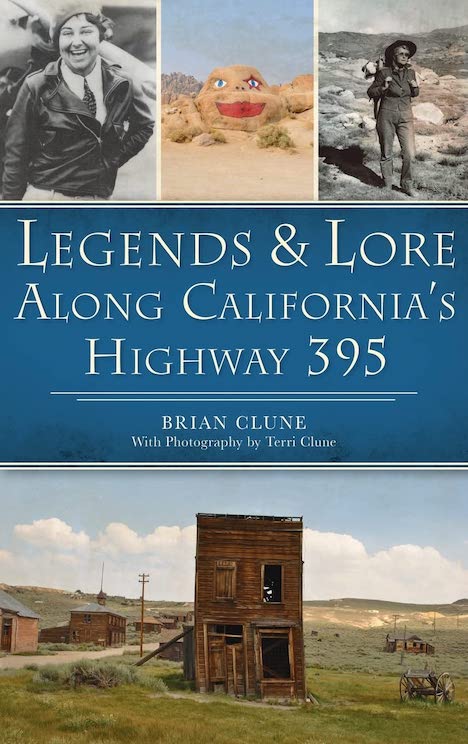
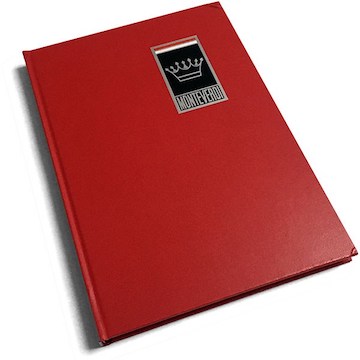

 Phone / Mail / Email
Phone / Mail / Email RSS Feed
RSS Feed Facebook
Facebook Twitter
Twitter